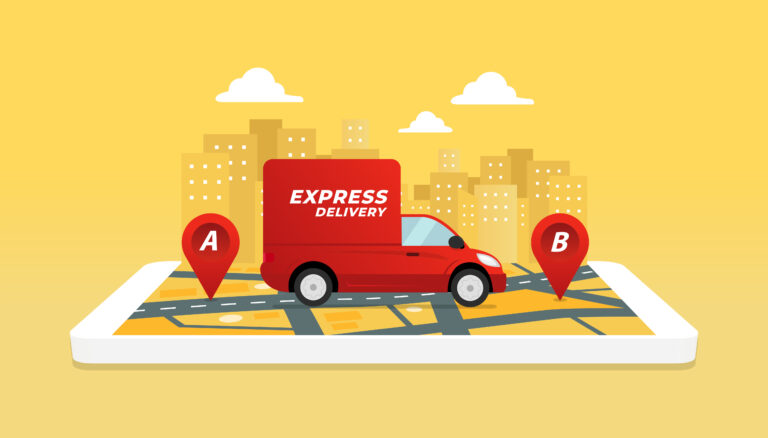The UK has embraced e-commerce like no other country on Earth. More than four in five (82%) of UK consumers shop online – and spend more online per capita than any other nation.
This level of adoption has had a huge impact on the retail landscape in recent years. We’ve seen popular stores, such as BHS, Topshop and Debenhams, disappear from the UK high street, while technology-savvy e-commerce players are meeting the increasing demand. It’s easy to see the appeal. Buying online offers consumers speed and convenience – they can browse different products, find the best price and pay, all without leaving the comfort of their home.
Speed and convenience
A key advantage of brick-and-mortar stores is immediate gratification – the ability to have it now. But that is going away too. Until recently, the quickest delivery option consumers could choose when buying online was next day. But retailers are increasingly following the lead of the restaurant and hot food industry by embracing on-demand delivery.
This is giving consumers the option to receive goods ASAP, in some cases within an hour. Next-day delivery is the norm and same-day is the new differentiator. By choosing ASAP delivery, shoppers could have the product in their hands within minutes, rather than days. What is perhaps unexpected is that this delivery option seems to promote greater customer loyalty and a larger average basket size – valuable levers when many merchants are looking for sources of growth. Rapid fulfillment also enables merchants to offer customers accurate time slots – even down to a 30-minute window. This means retailers can fit more seamlessly into customers’ lives, rather than asking them to wait in the house for a whole morning or afternoon.
The role of the high street
It’s inevitable that, as on-demand delivery grows, questions will be raised around the role that brick-and-mortar stores have to play. The answer is that their role is significant. Stores can do a lot more than attract footfall and provide a space for retailers to display their products.
There is no doubt that most consumers still want tangible retail experiences. Visiting a store provides an opportunity to speak to merchants face to face and get an idea for how products look and feel in real life. But, as e-commerce evolves to embrace on-demand delivery, these brick-and-mortar stores will also have a vital role to play in enabling rapid fulfillment.
When it comes to increasing delivery speed, pure online retailers are limited by the location of the small number of distribution centers they have across the country. A high-street retailer, however, is likely to have a chain of stores that are often situated close to customers’ homes. Faster delivery is much easier when inventory is already closer to the customer. It also provides an opportunity for local businesses to serve their communities. The ability to tap into established courier networks such as Uber Eats has made on-demand delivery just as much of an option for the village deli, florist or hardware store as it has for the local take-out establishment.
A great leveler
When it comes to e-commerce, all retailers can now affordably access the technology needed to sell online, be that via a website or an app – and they can service that demand through a range of delivery options.
On-demand delivery changes things, however. The ability to provide rapid fulfillment is making proximity a determining factor in customers’ buying decisions. This is creating a new opportunity for many brick-and-mortar businesses that were previously at a disadvantage compared with e-commerce-focused enterprises that didn’t need to pay high-street rental prices. On-demand delivery is still a fairly new option in the retail sector and the advantages it provides are very much up for grabs. Merchants have an opportunity to learn lessons from restaurants and the hot food sector, which have managed to increase sales by turning their outlets into delivery hubs.
As e-commerce initially evolved in the UK, it was the more tech-savvy players who stole a march. This has placed the majority of market share in the hands of a few – more than half of all online purchases were made from just 10 retailers in 2022. But with fast, accurate and reliable fulfillment now available to everyone, on-demand delivery promises to be a great leveler that enables businesses of all sizes to grow.
This article was originally published in the December 2023 issue of Parcel and Postal Technology International.


